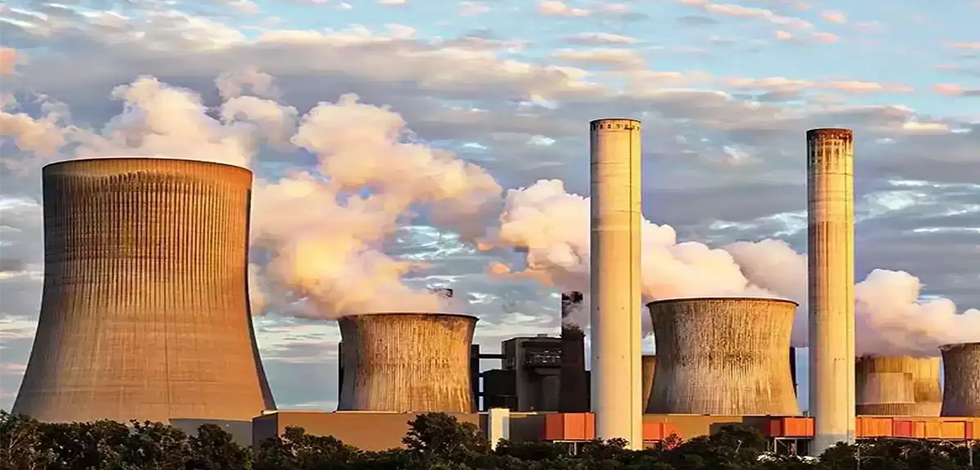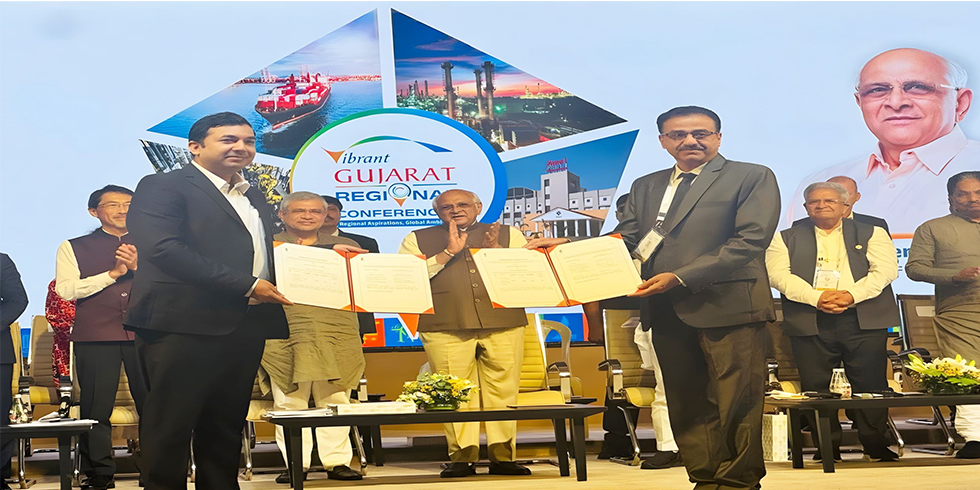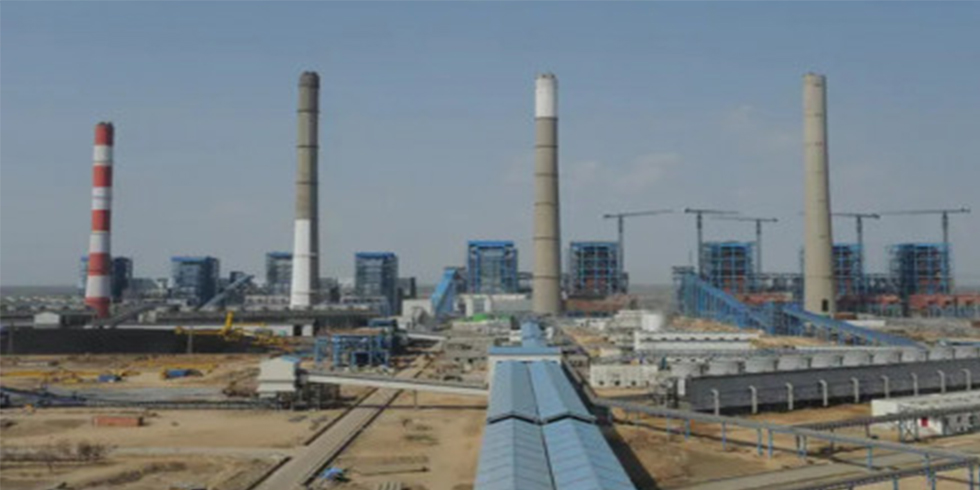India's energy infrastructure has been strengthened with the launch of the first unit of the Ghatampur Thermal Power Project in Uttar Pradesh, along with the laying of the foundation stone for the second phase of the Nabinagar Super Thermal Power Project in Bihar by Prime Minister Narendra Modi.
Aurangabad district of Bihar, the Nabinagar project aims to provide the national grid with 2,400 MW (3×800 MW) of power. An investment of over ₹29,930 crore is being made for the expansion project, which is being developed by NTPC, India's largest electricity provider. It is expected that enhanced energy availability across Bihar and the eastern region will contribute to more stable grids and affordable electricity.
At the same time, the Prime Minister officially opened the first unit of the Ghatampur Thermal Power Project, a 660 MW facility in the Kanpur Nagar region of Uttar Pradesh. A joint venture between NLC India Limited (51%) and Uttar Pradesh Rajyut Utpadan Nigam Limited (49%), Neyveli Uttar Pradesh Power Limited (NUPPL) is developing the facility. Three supercritical units, each 660 MW in size, will be part of the entire project, for a total of 1,980 MW.
Ghatampur project, which will cost about ₹21,780 crore in total, will be built to supply Uttar Pradesh and neighboring states like Assam with more electricity. In anticipation of the completion of the equity transfer, a power purchase agreement has already been inked, distributing 25% of the generated power to Assam and 75% to Uttar Pradesh.
The dedication to environmental sustainability of the Ghatampur project is one of its main features. The facility has cutting-edge pollution control systems to lower emissions of sulfur and nitrogen oxides, such as Selective Catalytic Reduction (SCR) and Flue Gas Desulphurization (FGD). In order to guarantee thorough wastewater treatment and reuse, it additionally has a zero liquid discharge (ZLD) mechanism. Furthermore, in an effort to save almost 195 MLD of water, 288 km of canal lining is being constructed.
4.6 crore liter raw water reservoir, a coal stockyard with a month-long backup supply, and high-efficiency supercritical boilers with an efficiency of 88.81% are all features of the long-term performance-oriented infrastructure. Additionally, a 765 kV GIS substation has been installed to facilitate effective power transmission. A captive coal mine with a 9 MTPA capacity powers the plant, guaranteeing a steady supply.
The Ministry of Coal states that the project is anticipated to help regional economic development, generate significant direct and indirect employment opportunities, and strengthen the Aatmanirbhar Bharat initiative's goal of energy self-sufficiency.











Add Comment